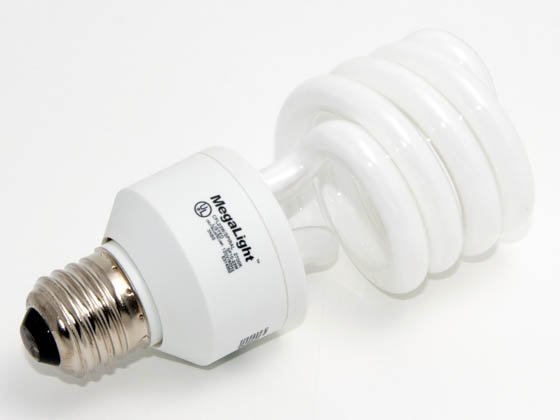The Pros & Cons of Each Type of Light Bulb
When choosing lighting for your home, it’s important toconsider the benefits of various types of lighting. It’s easiest to just go for the cheapest bulbs, but a long term focus is important if your goal is saving money. Unfortunately, when you get to the store, you don’t usually have a calculator and 30 minutes to sit down and figure out which light bulb will ideally save you the most money in a given application. You just have a bad bulb and an empty socket.
There are no end of choices, shades, colors and types of bulbs on store shelves. Until recently, fluorescent bulbs were usually used in commercial or industrial lighting applications because of the expensive ballast systems and unusual voltages necessary to operate them. Compact Fluorescent Bulbs, or CFLs, bring the total size of the package down to approximately that of a regular incandescent bulb, thus leveling the playing field to a degree. No longer can you observe a 60W marking and be sure that you have the bulb you need; for example, a 60 watt CFL would probably start glowing like the sun if it got anywhere near an electrical source. The most important overall concept is the lumens, which indicate just how much light the bulb puts out. Since most of us understand the difference between 40, 60, 75, 100, and 150-watt incandescent bulbs, it’s easy to use the lumens that these bulbs generate as a baseline for choosing a different kind of bulb. There are also handy keys on some packages that indicate approximately what incandescent wattage a bulb is equivalent to.
To approximate the operating cost of light bulbs over their lifetime, I am using Department of Energy statistics which place the average cost of electricity as 11.68 cents per kilowatt hour.
Our first contender is the typical 100W incandescent bulb. Its life is rated at 950 hours, it puts out 1,675 lumens, and it costs 84 cents to purchase. By the end of its average lifetime, the bulb has used 95 kilowatt hours, which brings energy usage to a cost of $11.10 and the total cost of the bulb to $11.94. Our next contender is a "100W equivalent" CFL bulb. This bulb’s life is rated at 12,000 hours, it puts out 1,600 lumens, and it costs $3.49. It also burns 23 watts of electricity. By figuring out how long it takes for the bulb to consume a kilowatt hour just like we did for the other bulb (divide 1000 by 23 equals 43.478 hours for the CFL versus 10 hours for the incandescent), we can then divide the life of 12,000 hours by that number and see that the the bulb will consume 276 kilowatt hours in its lifetime. At the average rate, the bulb will cost $32.24 to operate during its lifetime, and have a total cost of $35.73. The final piece of math is to determine just how many incandescent bulbs it will take to equal one CFL. In this case, the 23-watt CFL is advertised to last as long as 12.63 100W incandescent bulbs. Multiplying this out indicates that the bulbs will cost $150.82 in purchase and operating costs by the time they equal the CFL, which makes for an approximate savings of $115.09. In fact, even if the CFL’s only last half as long as advertised, then $39.68 can be saved over the life of the bulb!
There are some considerations to be made. For example, the levels of mercury in fluorescent bulbs mean a higher environmental impact (especially considering poor recycling services and requirements in some areas). Additionally, the electronics of CFL’s don’t always hold up as well in outdoor applications. The intial purchase price also turns a number of consumers off, as does the type of light that some fluorescents produce. The technology is improving rapidly, however, and CFL bulbs are undoubtedly now worth your money.
Some other bulb types exist. The most notable are LED bulbs, which use an array of LEDs (from 5 to 50 or more) to create a light bulb. You may have noticed that many intersection light bulbs have been replaced by LED bulbs. LEDs are fine for directional light applications, but they do not have a good ability to diffuse the light, which makes them a little quirky to use in home lighting applications. Their current draw is extremely and overall life cannot be beat, but most LED bulbs rarely put out more than 40-150 lumens (less than a tenth of the light produced in the sample bulbs). Unfortunately, LEDs require extremely specific low voltages, and the transformers (or ballast) necessary to achieve this are quite expensive. LED bulbs can range from 20-50 dollars each. Companies are currently working on the bulbs, however, and chances are that they will become a worthy adversary to the CFL and incandescent in just a few years.
SOURCES
https://www.eia.gov/electricity/
Posted with STEMGeeks
